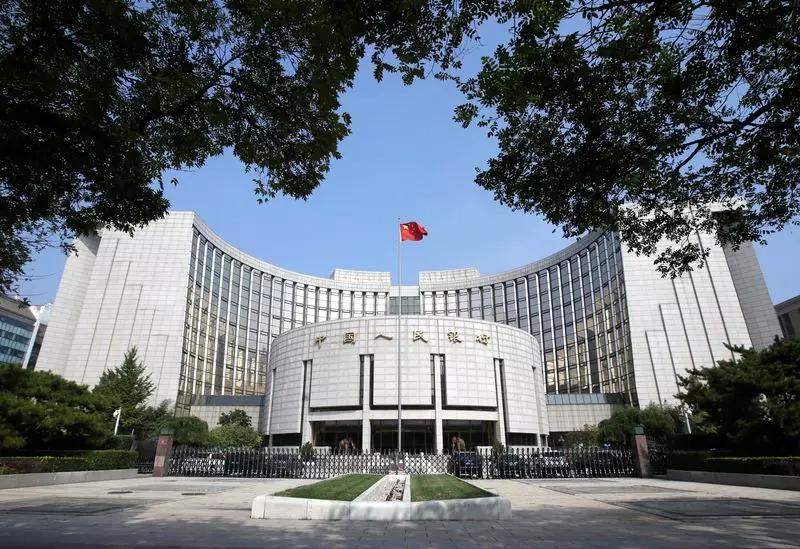The Chinese economy is currently at a crossroads, with mounting pressure on policymakers to adapt to changing global economic conditions. Following the Federal Reserve’s unexpected half-percentage-point interest rate cut, the landscape has shifted considerably, leading many financial analysts to postulate that the People’s Bank of China (PBOC) will respond by adjusting its key lending rates. A recent poll indicated that a substantial majority of market watchers anticipate a reduction in both the one-year and five-year loan prime rates (LPR), thereby signaling a potential shift in China’s monetary policy framework.
The relationship between U.S. monetary policy and Chinese economic maneuvers cannot be overstated. Historically, fluctuations in U.S. interest rates directly influence the stability of the Chinese yuan, creating a delicate balancing act for Beijing. The recent rate cut by the Federal Reserve alleviated some fears regarding a steep devaluation of the yuan, thus providing Beijing with more flexibility to ease its own monetary policy. The stakes are high, as a significant depreciation of the yuan could provoke capital outflows and exacerbate existing economic weaknesses.
A poll conducted among 39 economists revealed that nearly 70% expect reductions in the LPRs, reflecting growing concerns over China’s economic health. By focusing on the LPR, which is set based on rates submitted by commercial banks, the PBOC can effectively manage borrowing costs for its most creditworthy clients. The urgency is underscored by recent economic indicators that have failed to meet expectations, prompting calls for immediate stimulus measures. In July, the PBOC surprised markets with comprehensive rate cuts, marking a significant shift in policy direction aimed at rejuvenating economic growth.
The looming question for policymakers centers on the effectiveness of these potential rate cuts in bolstering economic activity. Recent data has been discouraging, with numerous indicators pointing to weaknesses in credit lending and overall economic momentum. Global brokerage firms are recalibrating their growth forecasts for China, with many now projecting rates that fall short of the government’s target for 2024. As such, the challenge for Chinese authorities is not merely to adjust the rates but to ensure that these alterations translate into tangible economic improvement.
In light of these developments, President Xi Jinping’s administration faces mounting pressure to deliver on its economic and social development goals. State media have reported calls for intensified efforts to safeguard the nation’s economic recovery amid fears of stagnation. As Beijing contemplates further stimulus measures, the focus will inevitably shift towards implementing strategies that can stabilize economic growth while mitigating risks. Only time will tell how effectively these approaches will harmonize with external pressures and domestic needs, but the path ahead is undeniably complex and filled with challenges.
As China navigates this transitional phase, the balance between responding to global market shifts and sustaining domestic economic growth will be pivotal. The looming adjustments in monetary policy reflect not just a reaction to external stimuli but also a strategic recalibration aimed at ensuring long-term stability and resilience in an uncertain global economy.

